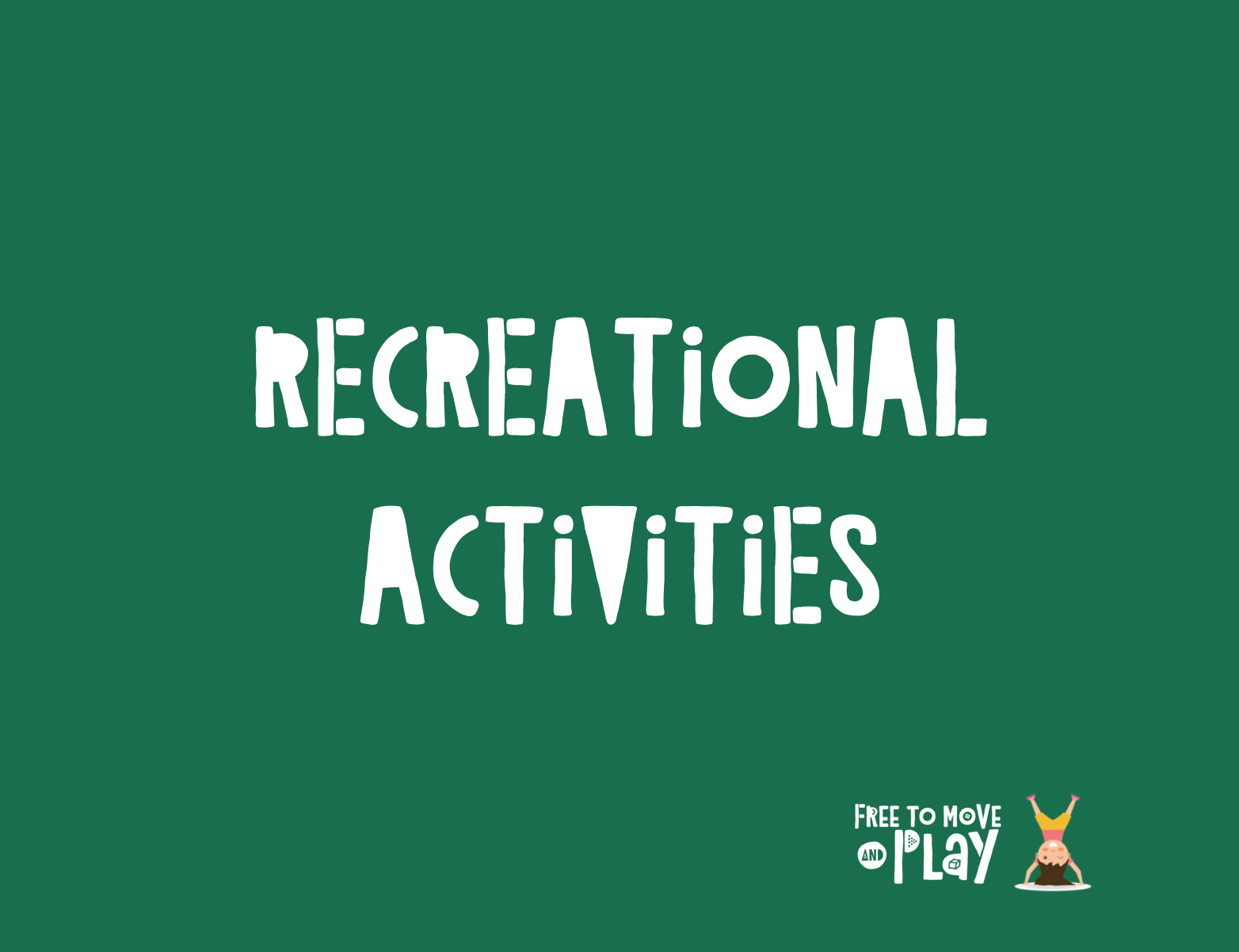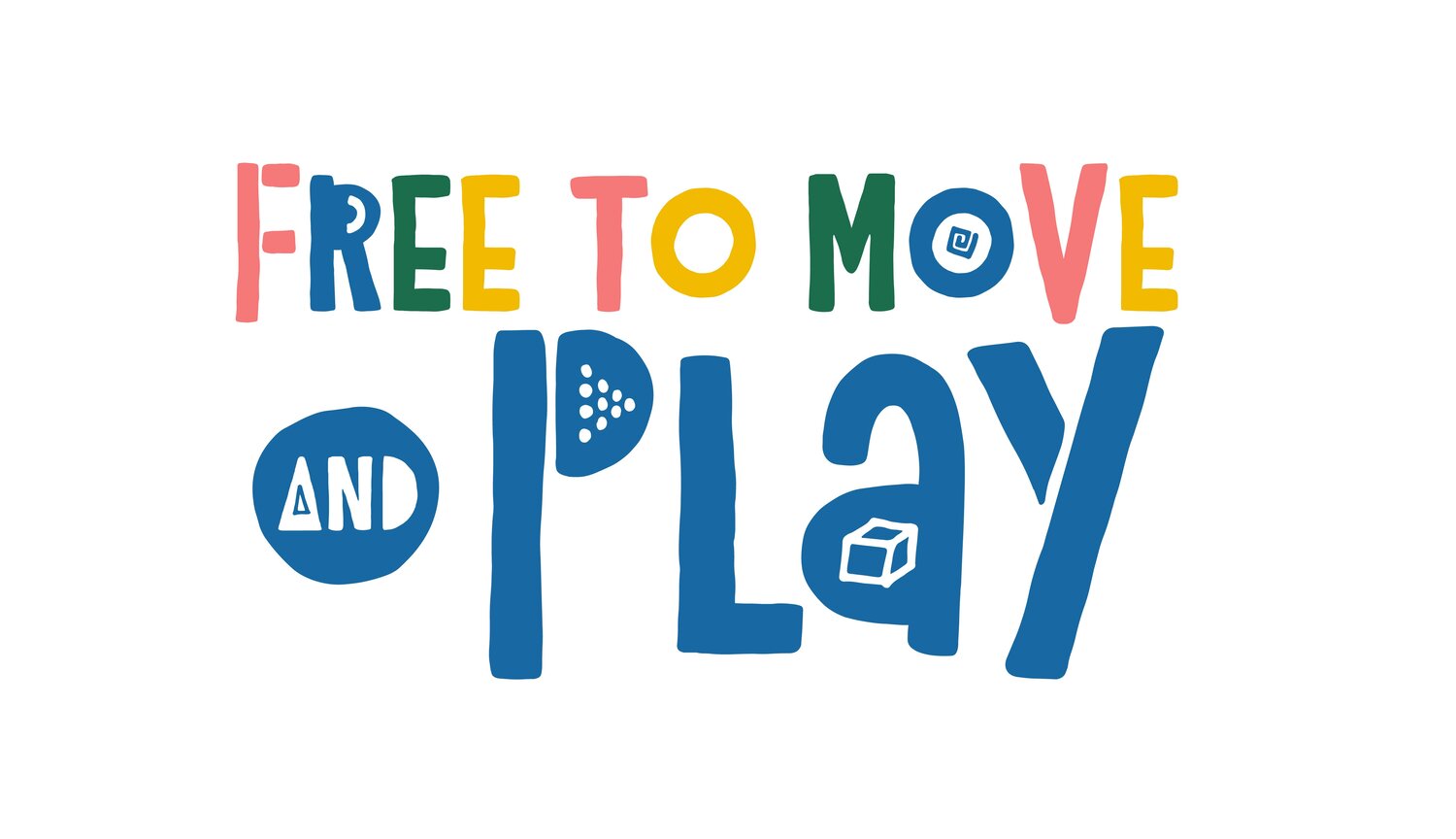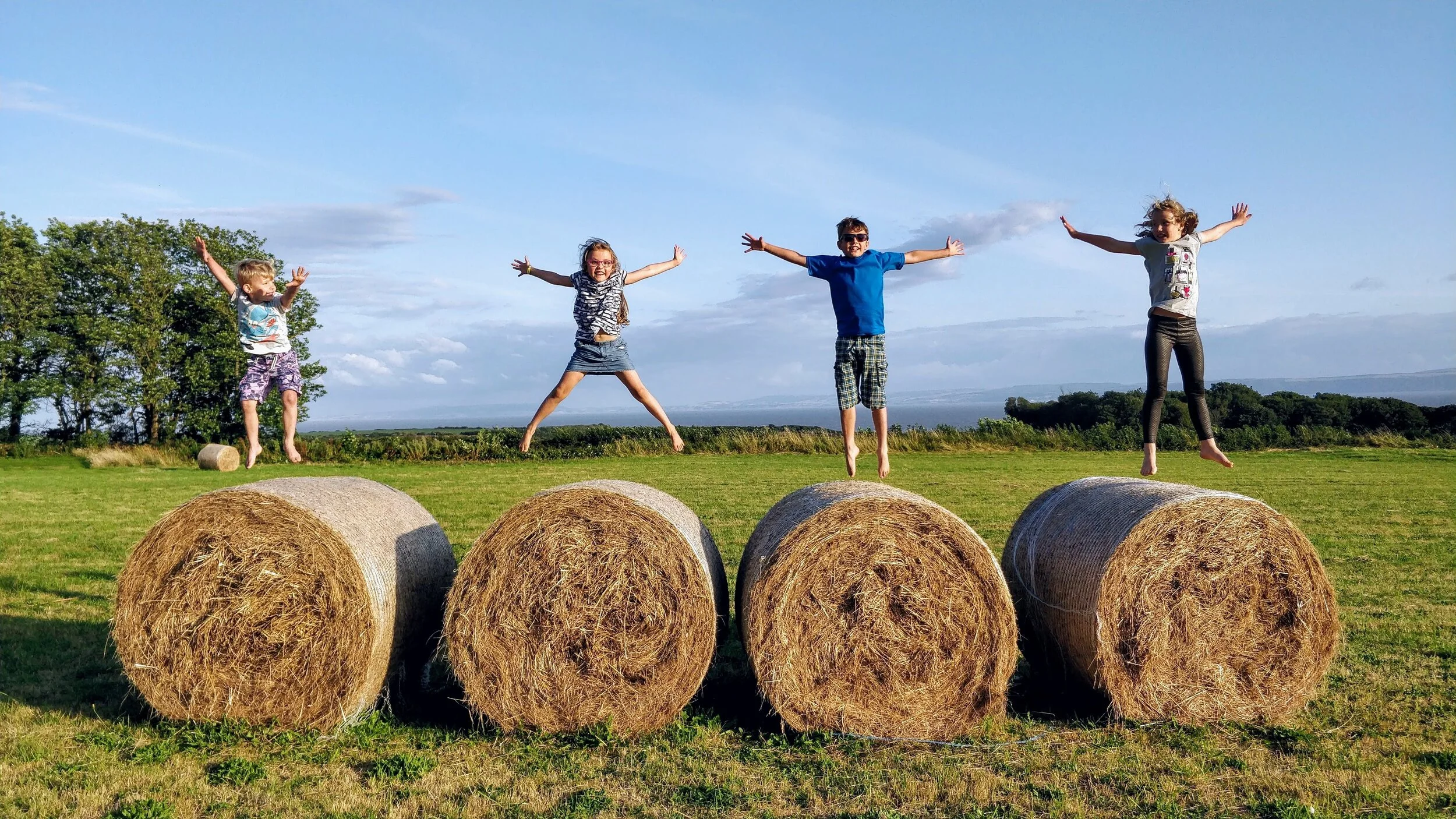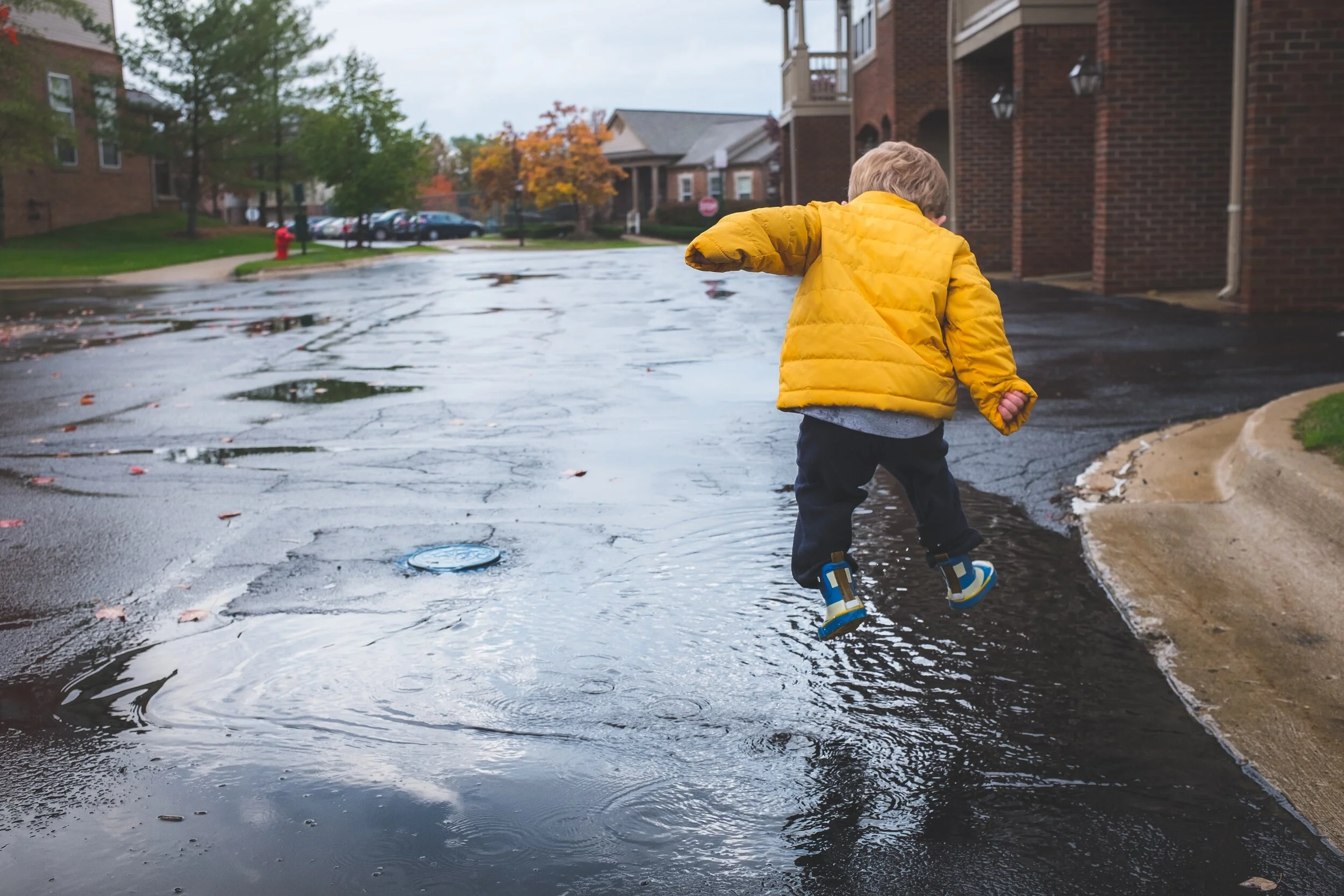
Skilled Physical Therapy interventions should carry over into a child’s natural environment and become a part of home, school, and lifelong recreations they can enjoy on a daily basis. Ultimately as we help a child to progress with their developmental milestones they can enjoy play which is how kids learn best.
Recreational activities for a baby involves floor playtime exploring, handling toys around them, and engaging with family members and caregivers. Toddlers may get introduced to playgrounds and being outdoors more. Older children move in to community, sports, and school based recess activities. As children progress with their gross motor skills they can learn new recreational activities in safe sequencing as their little bodies are ready for it.
For this post, I would like to highlight jumping as it can be an important skill in their progression to recreational activities!
JUMPING - How kids attain this skill and why it is important:
Jumping is a skill that kids typically tend to start working on between the ages of 2-3 years old. It involves a level of strength, balance, coordination, body awareness, and motor planning that has been preceded by the necessary phases of rolling, sitting, crawling, cruising, walking, squatting, and navigating walking up and down steps. Jumping is not a skill babies should be working on! Hence, “jumpers” should never be a part of a baby’s play activities.
In an earlier blog I talked about jumpers, exersaucers, and walkers but here are my thoughts specifically on jumpers: They allow very young infants to be upright before their body is structurally and developmentally ready for it. They can create unnecessary stress on the hip joints which can cause hip dislocations (their hip socket is not fully developed yet) and can cause leg and spine alignment issues. They can cause extensor muscles to be overdeveloped with resulting postural issues and can be a contributor to in-toeing walking and toe walker later on. Jumping is not meant for 6-8 month olds!
Here is a helpful timeline of when kids typically begin working on and acquiring jumping skills (from several standardized testing sources):
Jumps in place with both feet clearing the floor (22-30 months)
Jumps forward 4”-8”- may lead with 1 foot (23-30 months)
Jumps up 2” (to touch a line on the wall) (23-24 months)
Jumps down from small step 6”-7” may lead with 1 foot (24-26 months)
Jumps on trampoline holding adult’s hands (29-31 months)
Jumps forward 14”-24” leading with both feet (31-36 months)
Jumps backwards 1” (27-29 months)
Jumps sideways 1” (29-32 months)
Jumps down from step 16”-21” (29-32 months)
Jumps over thin hurdle (string/rope) 2” high (33-34 months)
Hops on one foot (36-48 months)
Jumps forward on one foot 6” (43-44 months)
As you can see, there is variability with age ranges but the important thing is that their skills move in a step wise manner as their strength and coordination progresses with practice. An easy sequence to remember is: weight shifting, jumping down, over, up, on one foot, and then progression to hop scotch like jumping, galloping, and skipping.
What are some ways to help kids with jumping skills and how can Pediatric Physical Therapy help?
When kids are ready to work on jumping skills here are some practical ideas of how to help them:
Help them experience trying to jump on different textured surfaces-soft grass, padded mats, carpet, and hardwood flooring.
Model for them! Try animal jumps-frog or bunny hopping
Mini-trampolines with a bar: by holding on with upper body support until they are ready to rely on their lower body to propel themselves up vertically
Place colored tactile foot prints, circles, or large stickers and have them try to jump forward on to each. Start with a close distance between.
Position a large therapy ball in a corner and help child stand on it and support them with light bouncing with practicing bending their knees.
Play with bubbles up high and encourage them to jump up to pop them!
Set up platform jumps with small foam blocks, small steps, or pillows and have them try to jump on and off them in a row.
Let them get messy and stomp around or jump in puddles or soft, muddy areas!
Use other children as models, as peer play if essential to the acquisition of motor milestones.
Tell them to land with “soft knees” or to land “quietly” to ensure they bend at the knees and hips when they push off and land which allows the legs to absorb the shock versus their back.
You may seek an evaluation or a Physical Therapist’s help if you by the age of 2.5-3 years your child has difficulty with jumping and you notice any of the following:
Asymmetric jumping (pushing off only from one side)
Lacking power in push off (not able to move body upwards)
Frequent falling and child not able to support themself when landing jumps
Anxiety or frustration with child resisting or fearful of jumping



